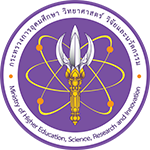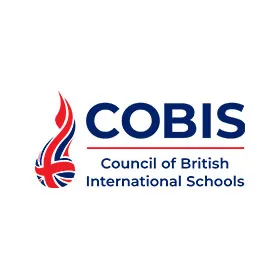Dec 10 | 2019
Teaching English language is a major priority for Malaysian educators.
Despite ranking amongst the top three Asian nations for English proficiency, there is still someway to go before Malaysia reaches its clear English language goals.
Since 2012, Malaysia’s educators have been pursuing the Pro-ELT project, helping develop the English literacy skills of more than 15,000 primary and secondary school teachers across the country.
This is still an ongoing process. The Ministry of Education (MOE), has adopted the Common European Framework of Reference for Languages (CEFR) to aid the teaching and learning of English language.
This has also been combined with EdTech to help boost school-age children’s English proficiency.
Bett Asia spoke to Thanbeer Kaur, a teacher and Master Trainer for CEFR, to find out more about how EdTech is influencing her teaching.
“I trained teachers on what CEFR entails as CEFR features prominently in the reform of English language education in Malaysia,” Kaur told Bett about her role and CEFR. “It was adopted to make it possible to progress along a continuum from preschool to university, and inform learners to compare their development along the CEFR scale, rather than against the performance of other students.”
For context, the CEFR is an international standard for describing a person’s language ability. Language proficiency is graded on a six-point scale, from A1 for beginners, up to C2 for mastery of the language. The scale helps teachers and learners track their progression.
Thanbeer also teaches English language in an urban environment in Kuala Lumpur, Malaysia’s capital city and home of Bett Asia.
It’s in these schools that Kaur can supply insight into how EdTech is being deployed to aid English language studies for Malaysian schoolchildren.
“Previously, we used VLE FROG, an award-winning cloud-based virtual learning platform,” Thanbeer said. “It was used by teachers to teach, give homework, and keep track of students’ performance virtually, but its contract came to an end.
“Now we use Google Classroom. We just started using it in mid-2019, and I have started assigning work where I can award marks and given comments on my students’ work. We have also adopted the Flipped classroom approach.”
If you’re unfamiliar, flipped classroom is an e-learning model which reverses the role of teaching with homework. In practice, this means students would experience new educational content outside their classroom. Teachers would then use their classroom sessions to encourage students to apply the information they’ve learned outside through a series of practical assignments.
In this context, popular messaging app WhatsApp can be seen as educational technology, as Thanbeer explains: “In addition to Google Classroom, I also use WhatsApp with all my English language classes.
“This is where I’ll post videos pupils should watch before a class, or interesting videos and articles pertaining to the topic that they are learning about or have learnt in class. This is possible as I teach in an urban school where most students own a smartphone.”
Mobile and e-learning is one of the top trends in Asia’s education sector right now.
However, adoption of EdTech, despite being mandated by the MOE, is not necessarily a smooth process.
According to Kaur, in her experience, there are a number of factors at play that make Malaysian teachers hesitant to experiment with new EdTech.
“I think for some teachers, it’s a psychological resistance,” Thanbeer explains. “This is probably because preparing lessons using technology can be time consuming as they also have to perform other duties while some are not confident as perhaps they lack exposure, experience, or guidance in using it.”
These pitfalls can be avoided with simple training. Thanbeer suggests:
• Provide ample and relevant examples of how EdTech can be used
in a specific subject
• Create platforms and opportunities for more experienced teachers to share their ideas and train other teachers on how to use the technology in question
• Provide uneasy teachers with guidance on how they can use EdTech by either drawing on your own experience or use manufacturer-supplied instructions and guidelines
Our mission is to bring together people, ideas, practices and technologies so that educators and learners can fulfil their potential.
Bett Asia is the region’s leading education technology conference and expo, gathering senior education leaders, educators and innovators to share intelligence on how to improve learning in the 21st century.
For our upcoming 2020 edition, we will continue to build on our position as the leading EdTech thought-leadership conference in Asia, with an expected 2,600+ attendees, 100+ world class speakers, leading companies and inspirational start-ups.
Register to visit Bett Asia.
Since 2012, Malaysia’s educators have been pursuing the Pro-ELT project, helping develop the English literacy skills of more than 15,000 primary and secondary school teachers across the country.
This is still an ongoing process. The Ministry of Education (MOE), has adopted the Common European Framework of Reference for Languages (CEFR) to aid the teaching and learning of English language.
This has also been combined with EdTech to help boost school-age children’s English proficiency.
Bett Asia spoke to Thanbeer Kaur, a teacher and Master Trainer for CEFR, to find out more about how EdTech is influencing her teaching.

Teaching English with EdTech in Malaysia
“I trained teachers on what CEFR entails as CEFR features prominently in the reform of English language education in Malaysia,” Kaur told Bett about her role and CEFR. “It was adopted to make it possible to progress along a continuum from preschool to university, and inform learners to compare their development along the CEFR scale, rather than against the performance of other students.”
For context, the CEFR is an international standard for describing a person’s language ability. Language proficiency is graded on a six-point scale, from A1 for beginners, up to C2 for mastery of the language. The scale helps teachers and learners track their progression.
Thanbeer also teaches English language in an urban environment in Kuala Lumpur, Malaysia’s capital city and home of Bett Asia.
It’s in these schools that Kaur can supply insight into how EdTech is being deployed to aid English language studies for Malaysian schoolchildren.
“Previously, we used VLE FROG, an award-winning cloud-based virtual learning platform,” Thanbeer said. “It was used by teachers to teach, give homework, and keep track of students’ performance virtually, but its contract came to an end.
“Now we use Google Classroom. We just started using it in mid-2019, and I have started assigning work where I can award marks and given comments on my students’ work. We have also adopted the Flipped classroom approach.”
If you’re unfamiliar, flipped classroom is an e-learning model which reverses the role of teaching with homework. In practice, this means students would experience new educational content outside their classroom. Teachers would then use their classroom sessions to encourage students to apply the information they’ve learned outside through a series of practical assignments.
In this context, popular messaging app WhatsApp can be seen as educational technology, as Thanbeer explains: “In addition to Google Classroom, I also use WhatsApp with all my English language classes.
“This is where I’ll post videos pupils should watch before a class, or interesting videos and articles pertaining to the topic that they are learning about or have learnt in class. This is possible as I teach in an urban school where most students own a smartphone.”
Mobile and e-learning is one of the top trends in Asia’s education sector right now.
Cautious adoption of EdTech
However, adoption of EdTech, despite being mandated by the MOE, is not necessarily a smooth process.
According to Kaur, in her experience, there are a number of factors at play that make Malaysian teachers hesitant to experiment with new EdTech.
“I think for some teachers, it’s a psychological resistance,” Thanbeer explains. “This is probably because preparing lessons using technology can be time consuming as they also have to perform other duties while some are not confident as perhaps they lack exposure, experience, or guidance in using it.”
These pitfalls can be avoided with simple training. Thanbeer suggests:
• Provide ample and relevant examples of how EdTech can be used
in a specific subject
• Create platforms and opportunities for more experienced teachers to share their ideas and train other teachers on how to use the technology in question
• Provide uneasy teachers with guidance on how they can use EdTech by either drawing on your own experience or use manufacturer-supplied instructions and guidelines
Discover more insights at Bett Asia
Bett Asia is the place to gain deeps insights into Asia’s education sector.Our mission is to bring together people, ideas, practices and technologies so that educators and learners can fulfil their potential.
Bett Asia is the region’s leading education technology conference and expo, gathering senior education leaders, educators and innovators to share intelligence on how to improve learning in the 21st century.
For our upcoming 2020 edition, we will continue to build on our position as the leading EdTech thought-leadership conference in Asia, with an expected 2,600+ attendees, 100+ world class speakers, leading companies and inspirational start-ups.
Register to visit Bett Asia.


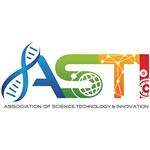


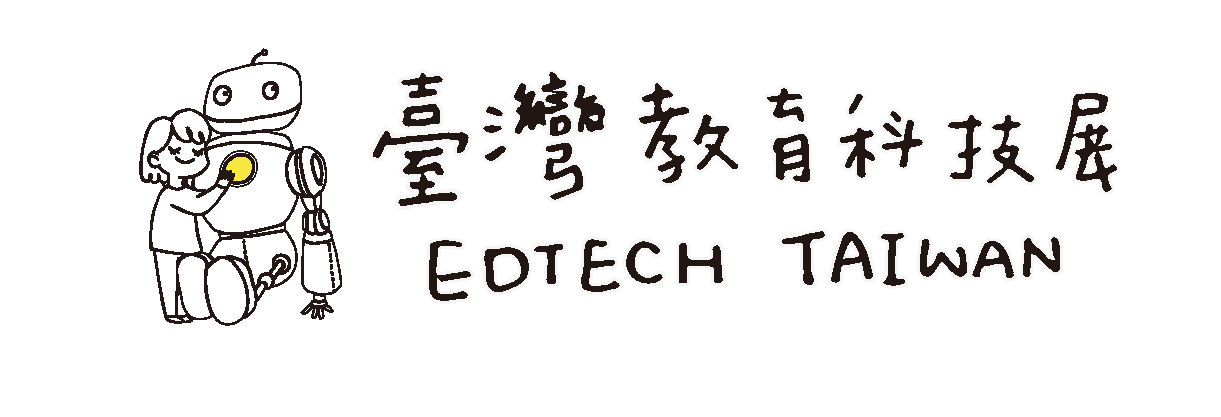

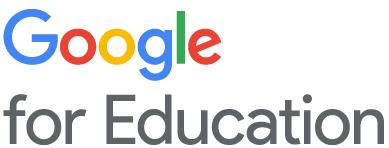


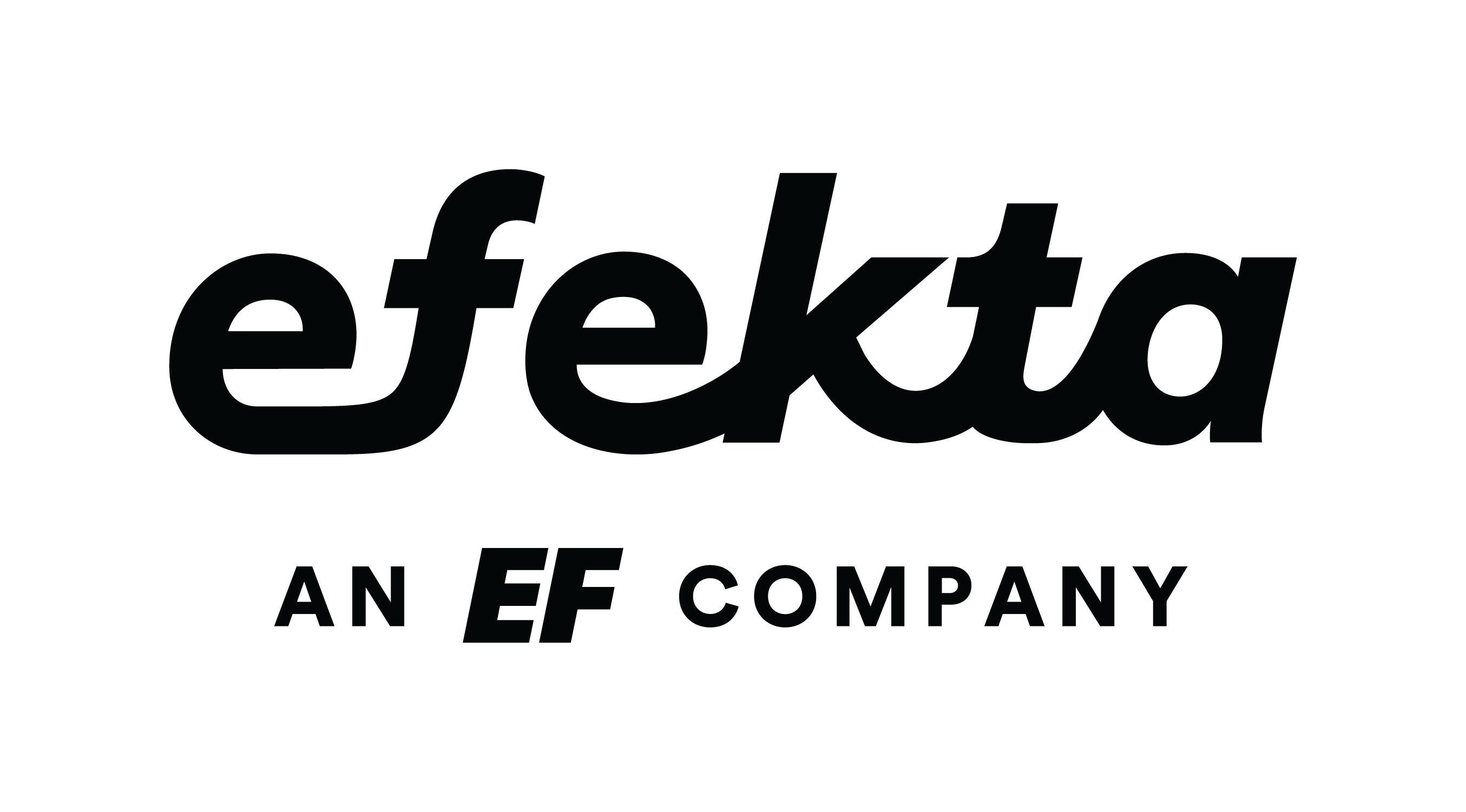


.png?ext=.png)




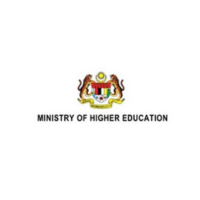

.png?ext=.png)
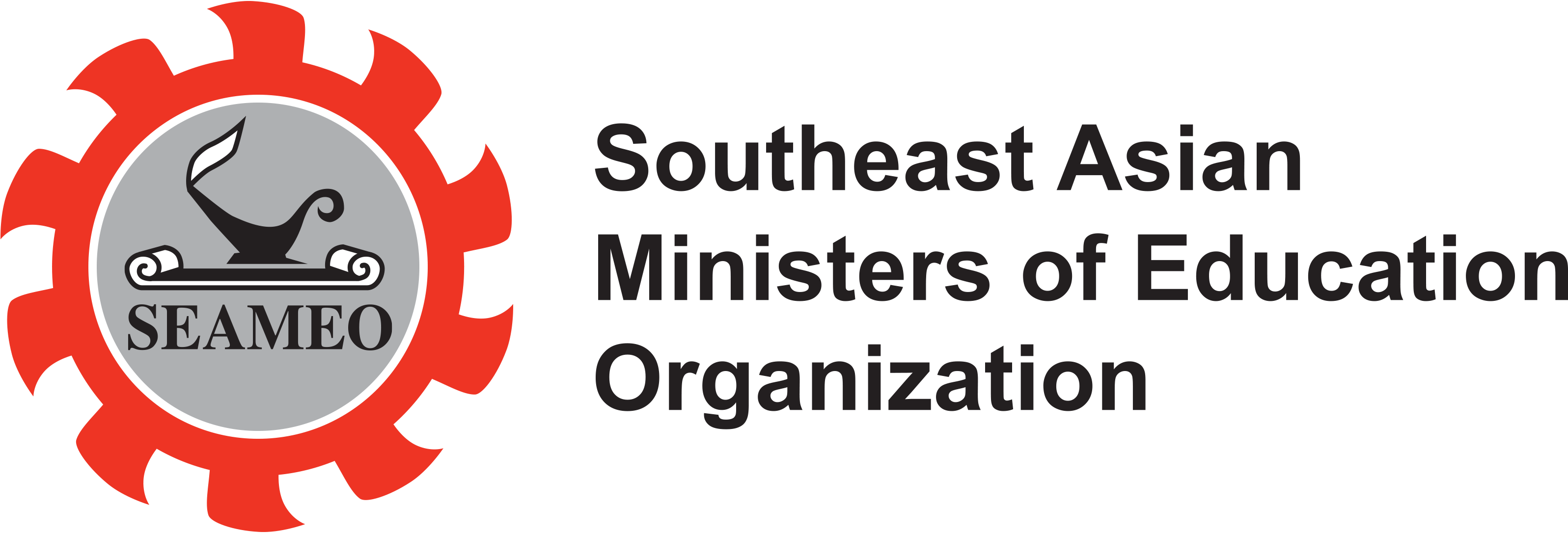
.png?ext=.png)


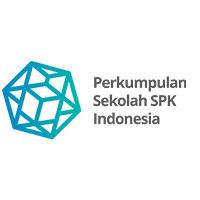

-4000px-(2).png?ext=.png)
